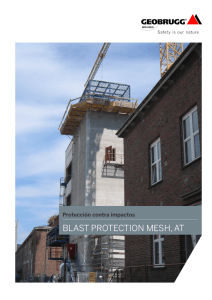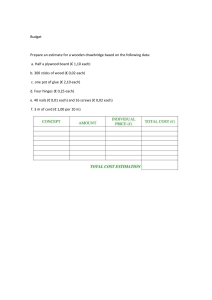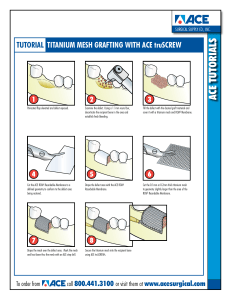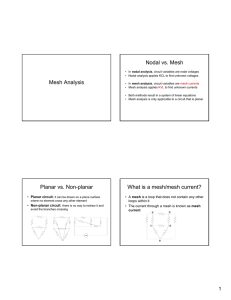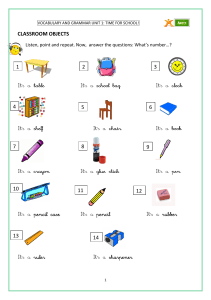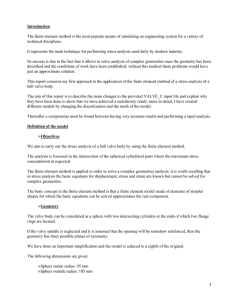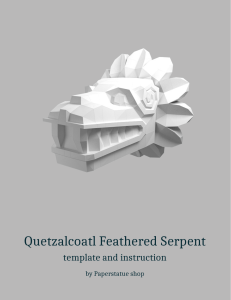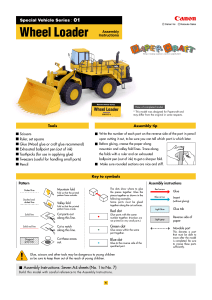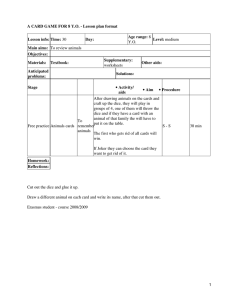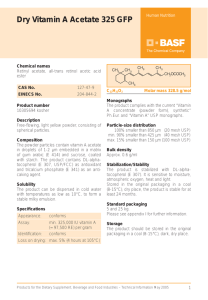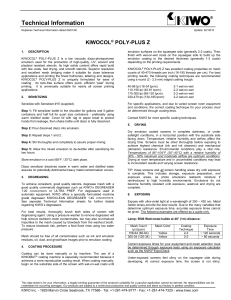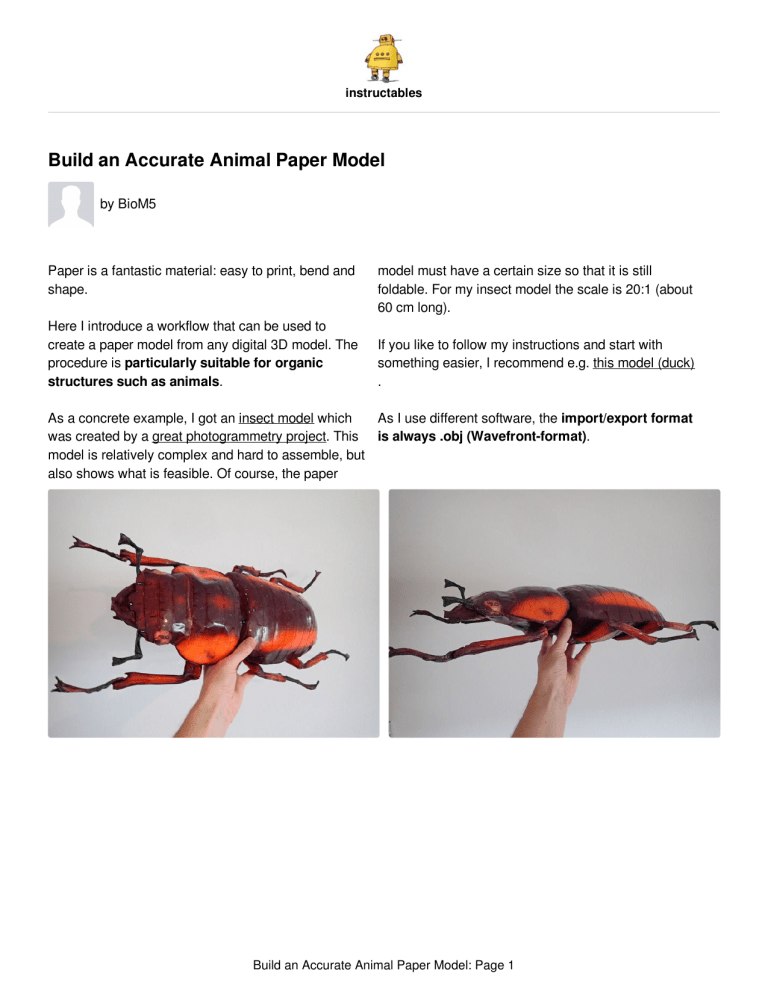
instructables Build an Accurate Animal Paper Model by BioM5 Paper is a fantastic material: easy to print, bend and shape. Here I introduce a workflow that can be used to create a paper model from any digital 3D model. The procedure is particularly suitable for organic structures such as animals. model must have a certain size so that it is still foldable. For my insect model the scale is 20:1 (about 60 cm long). If you like to follow my instructions and start with something easier, I recommend e.g. this model (duck) . As a concrete example, I got an insect model which As I use different software, the import/export format was created by a great photogrammetry project. This is always .obj (Wavefront-format). model is relatively complex and hard to assemble, but also shows what is feasible. Of course, the paper Build an Accurate Animal Paper Model: Page 1 Step 1: Divide Model Into Components Complex models should be divided into components, so that you can also depict details. I divided my model e.g. into head, body, leg front left etc. For each component, the workflow I described here in the steps 2 - 5 is the same and at the end you have to glue the individual parts together. For this task I use Meshmixer. It is relatively easy to use, has an object browser and useful features such as a fill holes function. Of course you can use in this step your 3D modeling software of choice. Build an Accurate Animal Paper Model: Page 2 Step 2: Make Tiles With Instant Meshes The original mesh consists of many small triangles. Since you can not produce a paper model with such a high poly 3D model, you have to redudicate the surface in about 500 optimized areas. Theoretically you can simply reduce the number of polygons with appropriate programs, but the result will be bulky and useless for our purposes. program Instant Meshes. It allows us to transform the triangular original mesh into a regular, quadrilateral dominated surface. With the beautiful and easy-touse user interface you habe a lot of different ways to control the conversion, among other things, you can also specify how many tiles should have the result. And that is exactly what we want to achieve here! Help can be found in the ingenious open source Build an Accurate Animal Paper Model: Page 3 Step 3: Transfer Texture With Blender Since Instant Mesh does not also transform the texture, you have to do this in a separate step. For this I use Blender, a very powerful and varied program, but also quite complicated. Therefore, I show the individual sequences in detail in this step (see also print screens). It's important to follow exactly this steps, otherwise it will not work! 1. Delete unnecessary objects (Camera, Cube, Lamp) in the Scene Panel 2. Import the original mesh and the instant mesh. The two meshes must be on top of each other and the texture of the original mesh must be imported --> check (see print screen). 3. In the bottom window switch to Editor Type UVImageEditor. For the instant mesh create a new image of the type UV Grid. Give the image a meaningful name. 4. For the Instant Mesh switch to Edit Mode, then press the A (Select All) button and then the U button for the UV Mapping menu. In the menu, select Smart UV Project.. Then switch to the previously created image (type UV Grid). It should look like the print screen. 5. Click first on the original mesh in the Scene Panel, then shift + click on the instant mesh. Then make the settings under Render --> Bake as shown on the printscreen and start the transfer with Bake. Then save the generated texture (Image --> Save as Image). 6. Click on the Instant Mesh in the Scene Panel and export it via File --> Export (.obj). Please note that in the export properties Selection Only must be ticked. Build an Accurate Animal Paper Model: Page 4 Step 4: Make Stripes With Pepakura Pepakura is the software for creating the cutting pattern. It's easy to use and does not cost too much. It comes in three different versions: Designer ($38 USD) Viewer (Free) Viewer with Support for Silhoutte cutting machine ($15 USD) The work here is to merge the tiles of Instant Meshes into meaningful, stickable strips. I proceeded with the following workflow: 1. Import of the Instant Meshes mesh (.obj) and set the.scale 2. Unfold 3. Join / Disjoin Faces: this is the real work to create the stripes. You can work in 3D or 2D mode at the same time. 4. Arrange the created strips in the 2D window (matching edges side by side). 5. Define flaps on one of the sides (see also Pepakura tips) 6. Fine-tune Join / Disjoin Faces. 7. Check if all stripes are coherent. For symmetric objects such as e.g. left / right leg you only have to create the pattern once. Then you can mirror the object in Pepakura Designer under "Other --> Mirror Inversion". Build an Accurate Animal Paper Model: Page 5 Step 5: Build After all the hard computer work you can go now to assembling. If you like to build my insect model (files below), be forewarned: Especially the feet are not easy to stick and overall you have to expect about 60 hours of work! If you have never built a paper model, I recommend you start with a simpler, less time-consuming model. Here you'll find a lot of free downloadable great models to start with. Pepakura To print the patterns you need to install at least the free Pepakura Viewer. As there is no construction manual, the assembly is only possible with the help of the Pepakura program (currently only available for Windows). Paper The paper should be thick according to the size of the object. For my insect model, I have used a 200 g one side gl ossy, inexpensive paper. Glue A well-functioning glue is crucial. It should be a paper / cardboard glue which dries out transparently. The glue should not dry too fast, so you can still move/align the parts. But it should not dry too slowly, so that a stable, malleable structure gets to work with. If it does not work well with one glue, try another one. Scissor For small parts / flaps, it is helpful to use a smaller scissor, which allows you to work more precisely. Knitting Needles These are useful when you need to generate a back pressure from the inside with closed structures. Markers I use felt-tip pens to mask the ugly white edges (see photo). A wide range of felt-tip pens is helpful. Build an Accurate Animal Paper Model: Page 6 Tips Take your time Just cut out the part you need right now. If you have an Silhoutte cutter, there is a special Pepakura Viewer version. Try to glue the stripes as exactly as possible based on the tile position. If it does not seem possible, look at the 3D model in Prepakura. Most of the time, the angle of the edges is wrong or you have to change the folding direction (hill / valley). Know your glue: It's important to have the right combination of paper and glue that works for you. Let the glue dry for a long enough time. If you want to move faster, you can work on different parts in parallel. Ideas Build my model bigger: no problem and easier to assemble. Just adjust the scale in Pepakura Designer under "Setting --> Change Scale". If then parts no longer fit on the paper, you have to split them with the Join / Disjoin Faces tool. Have fun! https://www.instructables.com/ORIG/F2N/KKX3/JY4OCGGO/F2NKKX3JY4OCGGO.zip … Download Very cool! Would love to know how you finished the bug. Is that just polyurethane? I don't know if I understood your question correctly... The bug consists only of glossy paper. I will possibly spray the model with clear coat, so that indentations in the paper no longer arise. Woooow. Insanely cool :o This is amazing! (Terrifying and horrible, but amazing). Also, that software looks fascinating. Thank you for sharing your work. :-) That is really impressive! Build an Accurate Animal Paper Model: Page 7
